'Joker 2' - Six Years After 'Solo,' Are Movies About White Guys Still Box Office Poison?
Like 'Solo' in 2018, 'Joker: Folie à Deux shows that big franchise flicks about and starring white men can bomb just as bad as those centered on women and minorities.
With $43.4 million in North America after six days, the $190 million Joker: Folie à Deux will today “finally” pass the unadjusted $43.8 million domestic total of S.J. Clarkson’s Madame Web. Yes, it cost around 2.3x the budget, and it will end its first domestic week below the $46 million opening weekend of Nia DaCosta’s The Marvels. Whether it earns less this weekend than the debut frame for newbie killer clown sequel Terrifier 3, we’re looking at a domestic finish below Cathy Yan’s Birds of Prey ($84 million in 2020) and a global cume quite possibly closer to A Quiet Place: Day One ($266 million on a $69 million budget) than It Ends with Us ($344 million on a $25 million spend).
In a healthier, less IP-obsessed studio ecosystem, even this result would be both unfortunate and the price of doing business. No matter how I might wave the fire torches, there is no world in which Hollywood does not make a follow-up to an outside-the-box R-rated mega-smash like Joker. Moreover, casting Lady Gaga in a musical was just the sort of thing that should have combated (or at least mitigated) the “folks were just curious the first time” and “Joker became a FOMA event unto itself amid a barren marketplace”-related downturn.
Even if the final product was aggressively uncommercial and not just a standard “darker sequel (Batman Returns) that critically deconstructed (Pirates of the Caribbean: Dead Man’s Chest) the escapist fantasy of its predecessor (Matrix Reloaded), what’s the solution? Did we want studio executives to pretzel this “uncompromising artistic vision” into the DC Studios continuity and a more conventional tentpole entertainment? However, a key issue with the film and its failure is more about who gets that opportunity to fail so spectacularly and who gets second chances when they do.
Who gets coddled versus who gets blamed…
Some of the discourse has been a debate about whether Todd Phillips and Joaquin Phoenix should get a metaphorical merit badge for their “art > commerce” offering. This was alongside the concurrent “Good for trying!” huzzahs thrown at Francis Ford Coppola after his self-funded $120 million Megalopolis critically and commercially bombed. Both “win for losing” reactions were countered by noting that “not a white guy” filmmakers like Clarkson, Nia DaCosta, and Cathy Yan A) rarely get such opportunities — IP or otherwise — and B) aren’t treated with kid gloves when they fail.
DeCosta got preemptively blamed in the trades for the film’s $206 million worldwide gross, which was used as an excuse to exercise more executive oversight on Disney’s tentpoles. Otherwise normal behavior (not attending a crew screening on her birthday and starting work on another film while the Captain Marvel sequel was in post-production) was framed as unprofessional or disrespectful. I am old enough to remember when Steven Spielberg left the final post-production touches for Jurassic Park in the hands of the guy who produced Howard the Duck so that he could start working on Schindler’s List.
For the record, the goal should be to treat everyone “this well,” not “this poorly.” Nonetheless, much of the outrage stems from this blatant inequity. Yan and Clarkson received far fewer “Don’t lose spirit!” salutations for making $80 million female-led comic book flicks that didn’t connect with audiences (the terrific Birds of Prey even got rock-solid reviews) than Phillips earned for blowing twice that much on an intentionally uncommercial offering. That it came from a studio on shaky ground via a high-profile IP during a moment when theaters A) need every win they can get and B) were betting on it to be a month-sustaining tentpole only adds injury to insult.
Joker: Folie à Deux is different from Megalopolis (and Horizon).
If I am less cranky about an aging auteur spending $120 million of his own money on an uncommercial non-franchise passion project versus a potentially willful attempt to burn studio money, damn the consequences, that is why. Concurrently, as someone who liked “part one” of Kevin Costner’s Horizon and would have liked to see the four-part American Saga, I wish he had made different financial choices. Alas, we’ll have to settle for, at best, a hastily concluded three-part saga akin to what we saw with Fantastic Beasts. The other reason for my discontent is the likely collateral damage.
Joker 2 will strengthen the current loudest-”fans-are-always-right narrative. “Lady Gaga and woke theater nerds ruined Joker,” the YouTube Troll Industrial Complex will declare. Hollywood may react by restrict creative freedom from being afforded tentpoles both for “straight white dudes” and for everyone else. Fear-based thinking means taking more stock in the failure of Joker 2 than the success of Barbie, even while (in a healthy studio system) one is the price you sometimes pay for the other.
If that sounds contradictory, the $394 million global total of the Alden Ehrenreich-starring Solo: A Star Wars Story was blamed on the acclaimed and $1.33 billion grossing The Last Jedi (starring Daisy Ridley and John Boyega). Solo almost entirely reversed the goodwill accumulated by The Force Awakens ($2.07 billion) and Rogue One ($1.1 billion, “despite” starring Felicity Jones and Diego Luna).
More recently, the $226 million gross of Chris Evans’ Lightyear got blamed on a momentary “exclusively gay moment” between two minor supporting characters. Disney then seemed to react as if Soul, Luca and Turning Red were “Go woke, go broke” problem children, which had bombed theatrically instead of being acclaimed crowdpleasers sent to Disney+ as streaming war cannon fodder.
Are big movies about white men box office poison?
Suppose Madame Web and The Marvels “prove” inclusive comic book flicks are risky (as opposed to those specific films offering little-known characters and lacking event movie status beyond the abstract notion of being a female-centric Marvel movie). Did Joker: Folie à Deux fail because it was a DC/Marvel tentpole focused on a (very) white guy? Well, the last Joker earned $335 million domestically and $1.08 billion worldwide, while Deadpool & Wolverine has earned $1.3 billion globally, so no.
However, Solo’s failure should have taught Hollywood that having a big tentpole starring a white male “movie star” (be it an actor or playing a marquee character) creates no (Hugh Jackman’s Pan) additional (Christian Bale’s Exodus) guaranteed (Michael Fassbender’s Assassin’s Creed) box office (Robert Downey Jr.’s Dolittle) safety net (Ezra Miller’s The Flash). Solo also tanked not in North America (a not-fatal $213 million) but overseas (a miserable $181 million). It should have served as a definitive rebuttal to the conventional wisdom arguing that minority and female-led flicks didn’t play as well overseas.
This would not be the first time Hollywood “forgot” these notions. The trendsetting late-1990s successes of Rush Hour, Anaconda, In and Out, The Birdcage and Waiting to Exhale were papered over or forgotten in the early 2000s amid both a nationalistic and paternalistic reaction to the 9/11 attacks and an industry-wide drive toward all-quadrant fantasy franchise tentpoles (Spider-Man, Harry Potter, Pirates of the Caribbean, Transformers, etc.) aiming for global box office supremacy.
Now, we see the industry seemingly/partially pulling back on or forgetting the “good” lessons from the 2010s. Credit or blame a global pandemic, a self-defeating streaming war, a resultant dual labor strike and (finally) a drive toward stereotypically sure things amid demands for austerity. It is a lesson worth repeating, just in case.
Overseas audiences don’t care about diversity. That cuts both ways.
MGM and Warner Bros.’ Tomb Raider reboot made $215 million overseas, including $94 million in China, alongside $56 million domestically. Black Panther earned $105 million in China, above any Guardians of the Galaxy movie. It Ends with Us grossed $148 million domestically and $344 million worldwide. Ant-Man and the Wasp and Bumblebee were “saved” by over-indexing performances ($125 million out of $620 million and $171 million/$471 million) in China.
Best Picture winners 12 Years a Slave, Moonlight, Green Book and (Bong Joon-ho’s) Parasite earned more overseas than in North America. Pixar’s Coco is still the last original toon to top $500 million worldwide, let alone its $809 million-plus cume aided by $189 million in China. When 2010s Chinese moviegoers wanted a bonkers superhero flick, they’d devour Tom Hardy’s Venom ($269 million out of $754 million) *and* Jason Moma’s Aquaman ($298 million/$1.15 billion).
They’d also show up for a Pacific Rim movie starring Charlie Hunnam ($113 million in 2013) or John Boyega ($100 million in 2018). Hollywood chased after the $300 million-plus Chinese successes of Avengers: Age of Ultron and Transformers: Age of Ultron while comparatively ignoring the $392 million-grossing Furious 7 and Fate of the Furious. That’s not even counting “saved by China” tentpoles like Resident Evil: The Final Chapter and xXx: Return of Xander Cage.
Some “inclusive” films earn less or underwhelm overseas. Sometimes domestic is strong enough (Get Out or Crazy Rich Asians). Sometimes, the IP (Ghostbusters: Answer the Call or Little Mermaid) isn’t popular enough overseas to justify the tentpole-sized budget. That’s what killed Lightyear and Solo overseas. We just recently saw Twisters — starring alleged “great white hope” Glen Powell alongside Daisy Edgar Jones and Anthony Ramos — earn an excellent $268 million but just $103 million (less than Into the Storm in 2014) overseas.
Epilogue, for those in the cheap seats.
What was true before the COVID pandemic, the streaming wars and the then remains true now: Audiences won’t show up for a movie they don’t want to see (Terminator: Dark Fate) just because it meets a representational benchmark but — and this is key — nor will they avoid something that looks comparatively appealing (Star Wars: The Force Awakens) just because it’s about women and minorities and/or is headlined by “not a white guy” actors. The reverse (Venom) is also true (Morbius).
Concurrently, significant releases fronted by underrepresented demographics (Nope) can offer extra appeal (especially on a reasonable budget) as a demographically specific event film (Where the Crawdads Sing). However, failures like Jack Ryan: Shadow Recruit and Dungeons and Dragons: Honor Among Thieves, starring performers who look like Chris Pine, don’t get blamed on an entire demographic. Moreover, they don’t risk being forgotten (Ocean’s Eight) or ignored (Hustlers) when they succeed in favor of what conventional wisdom still insists everyone wants to see (Ford v Ferarri).





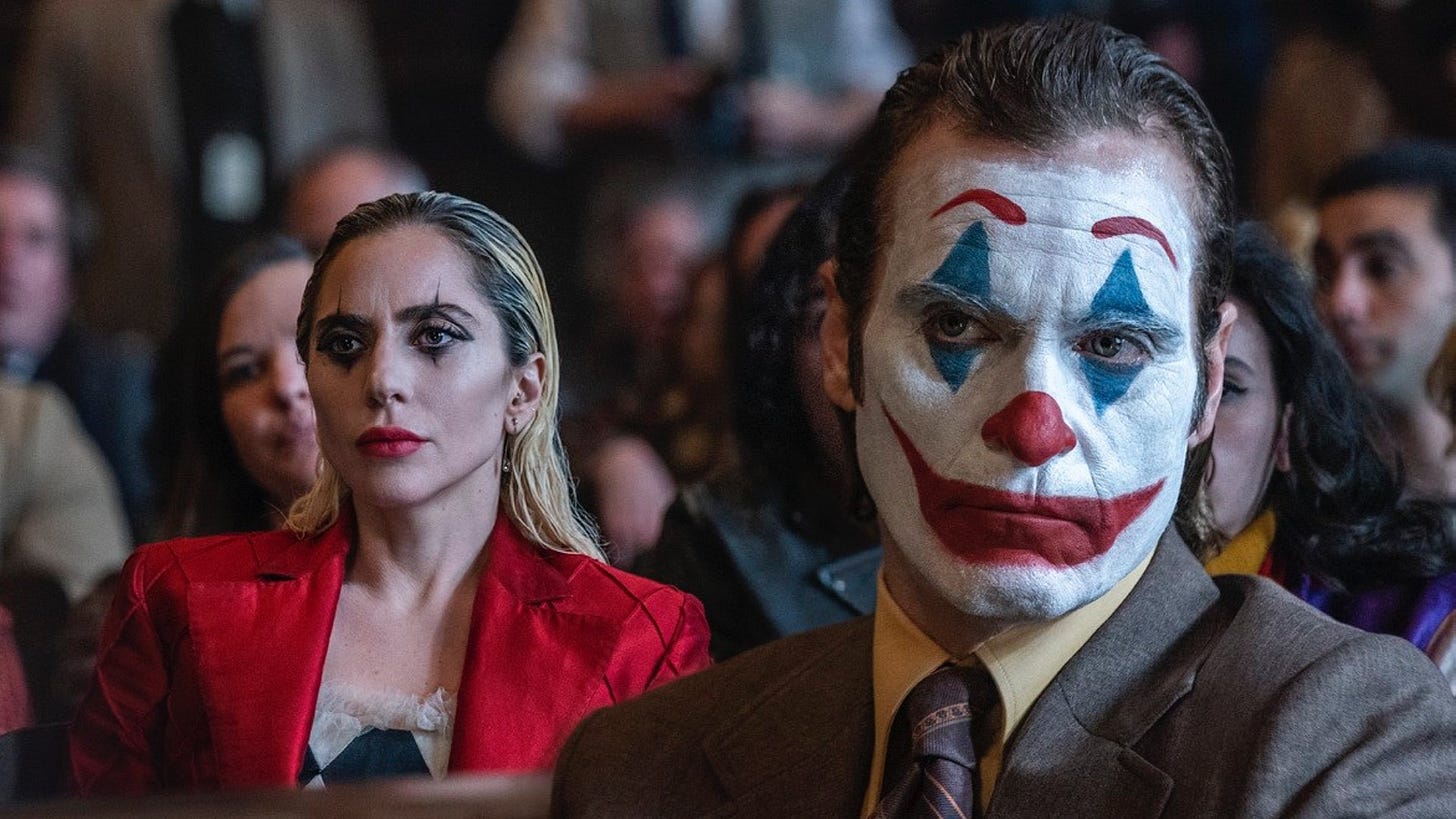
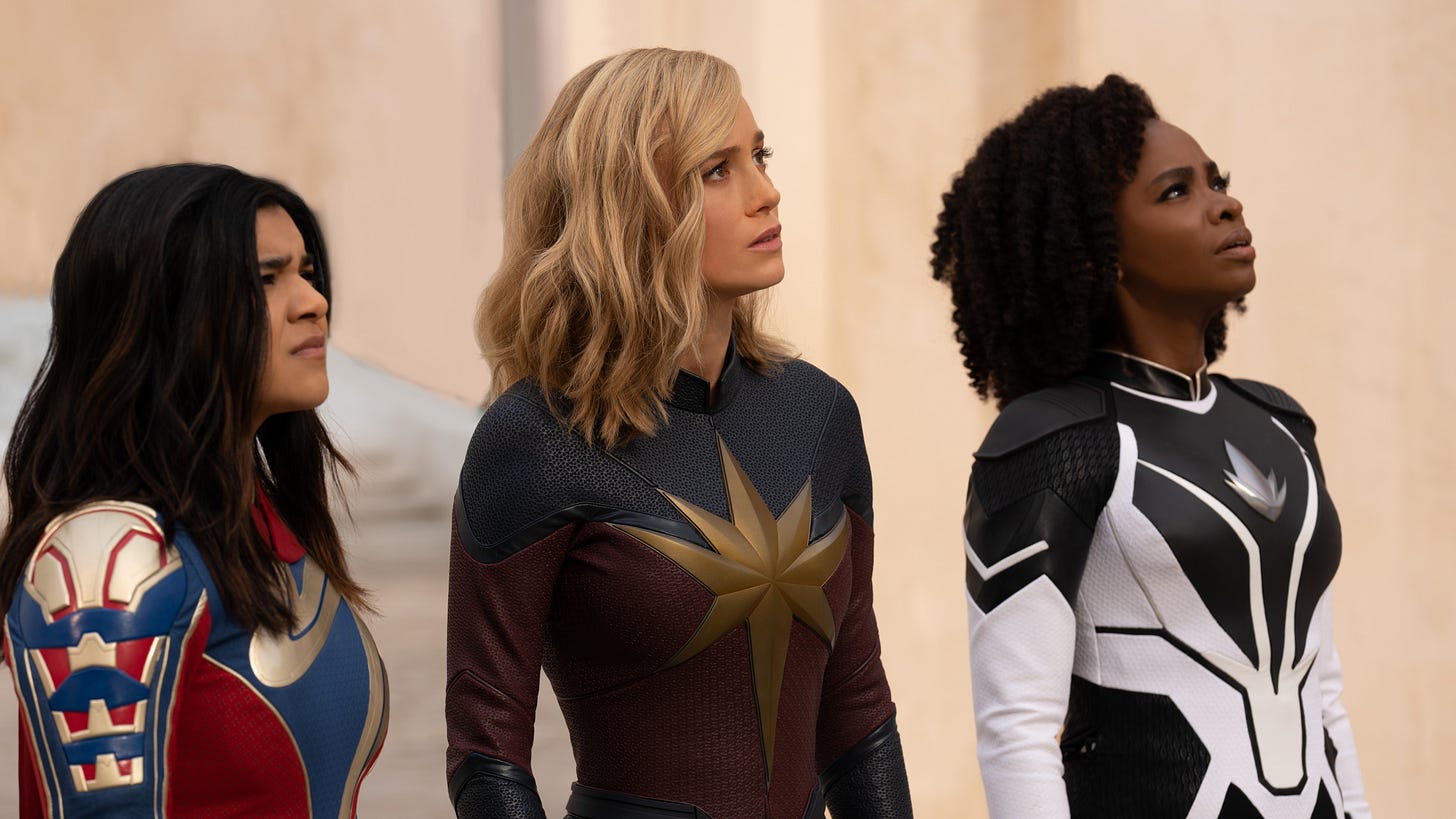
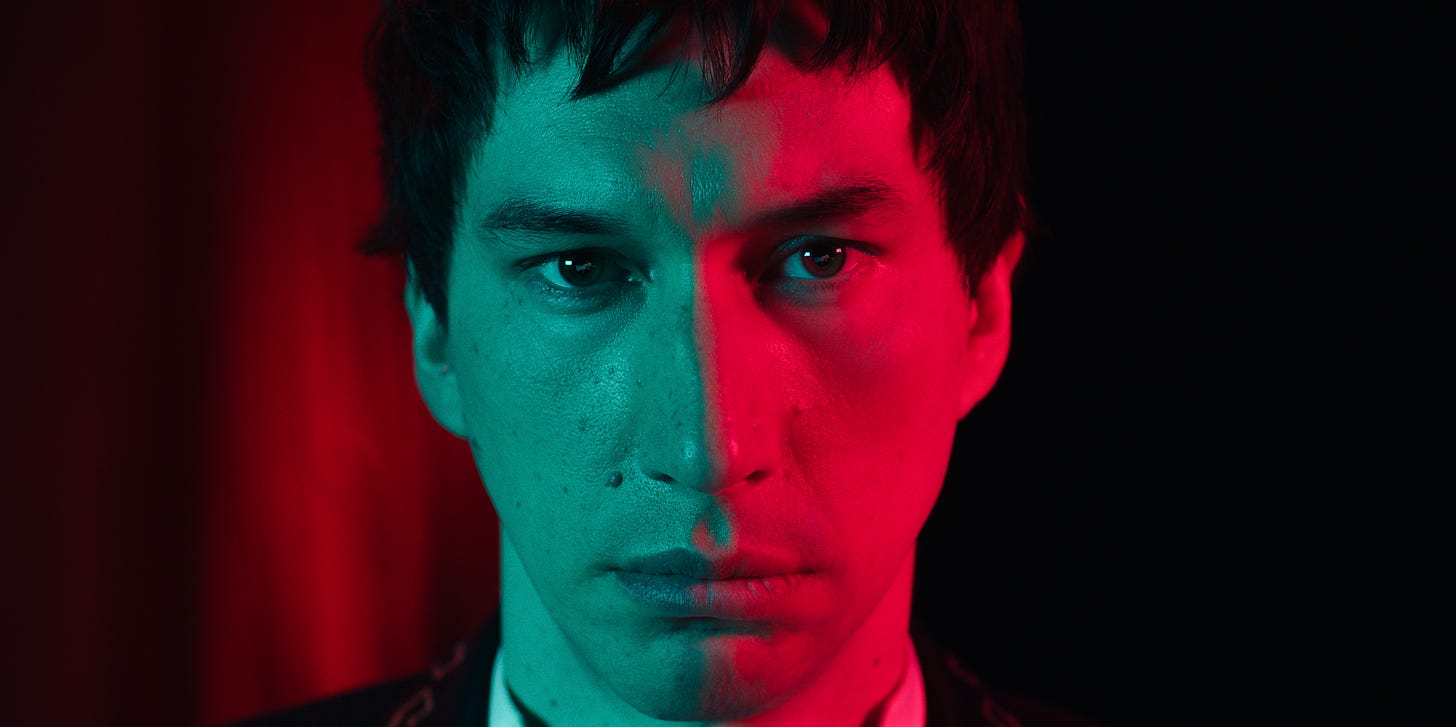
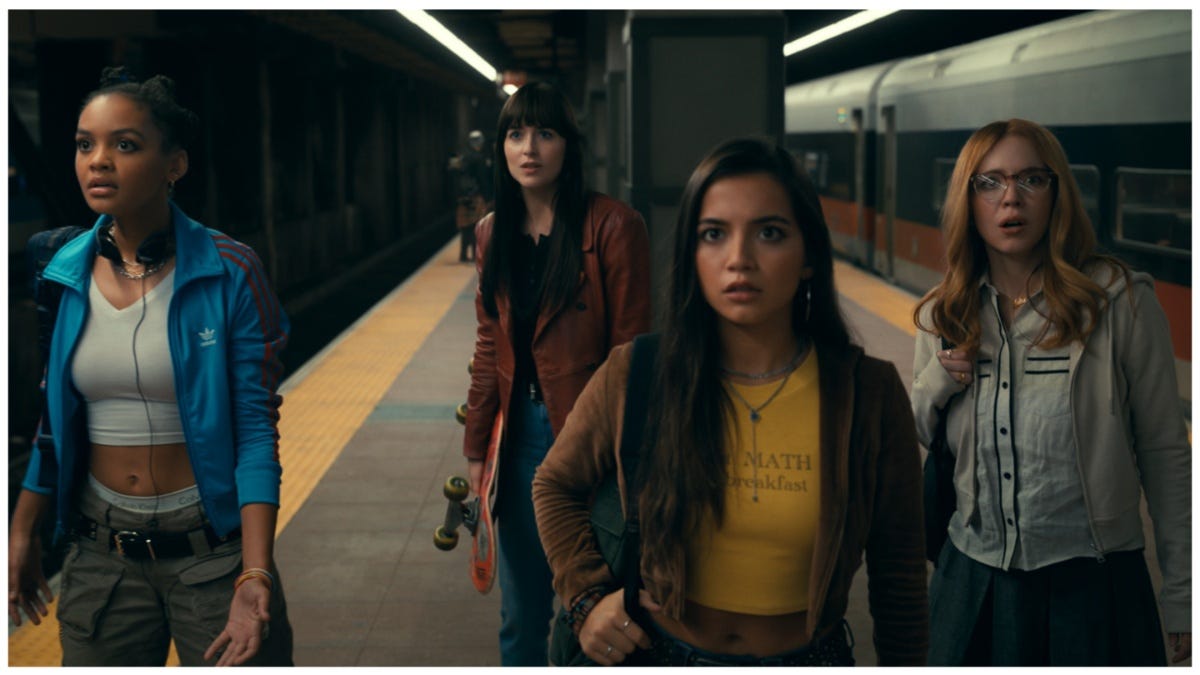
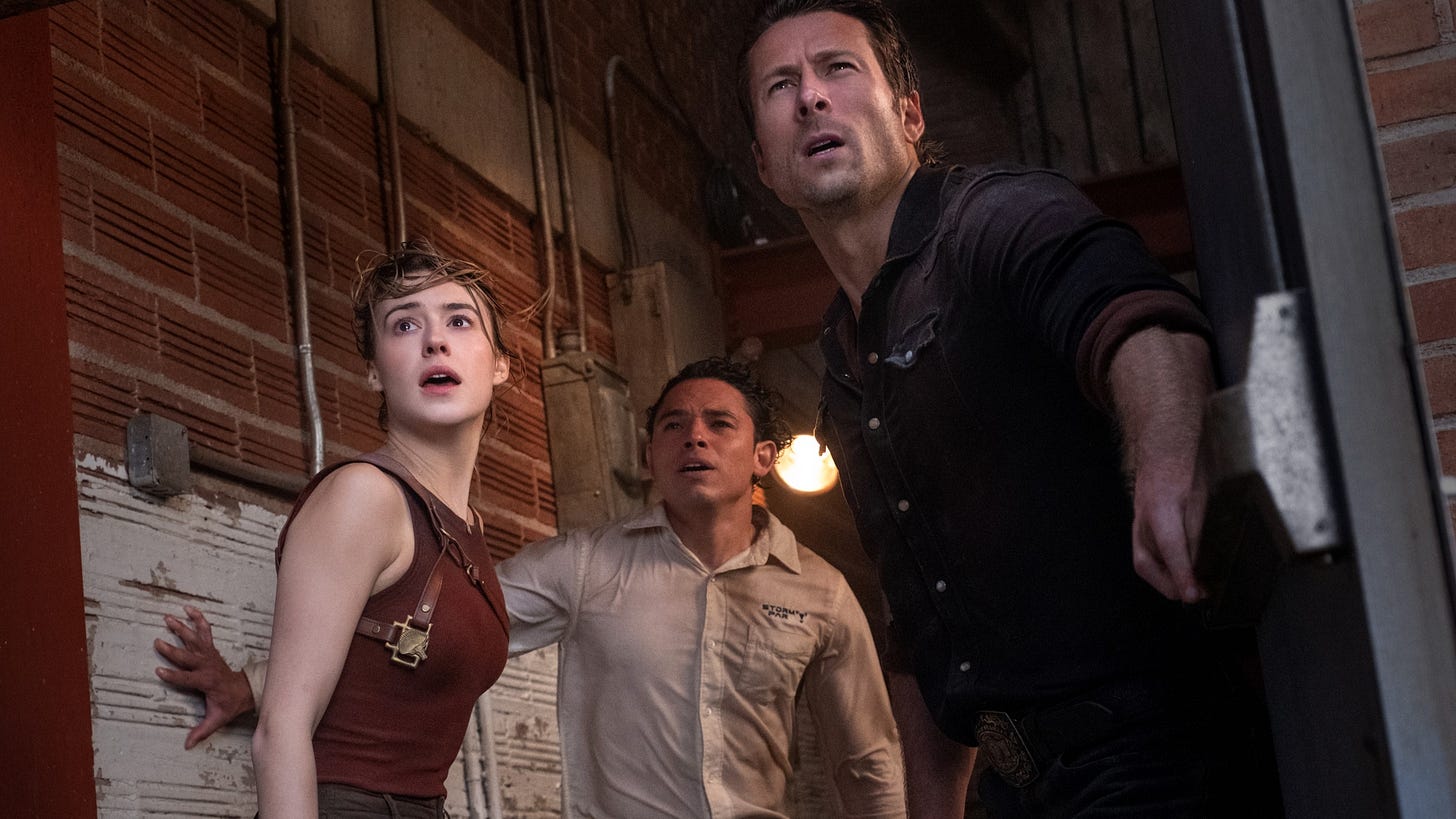
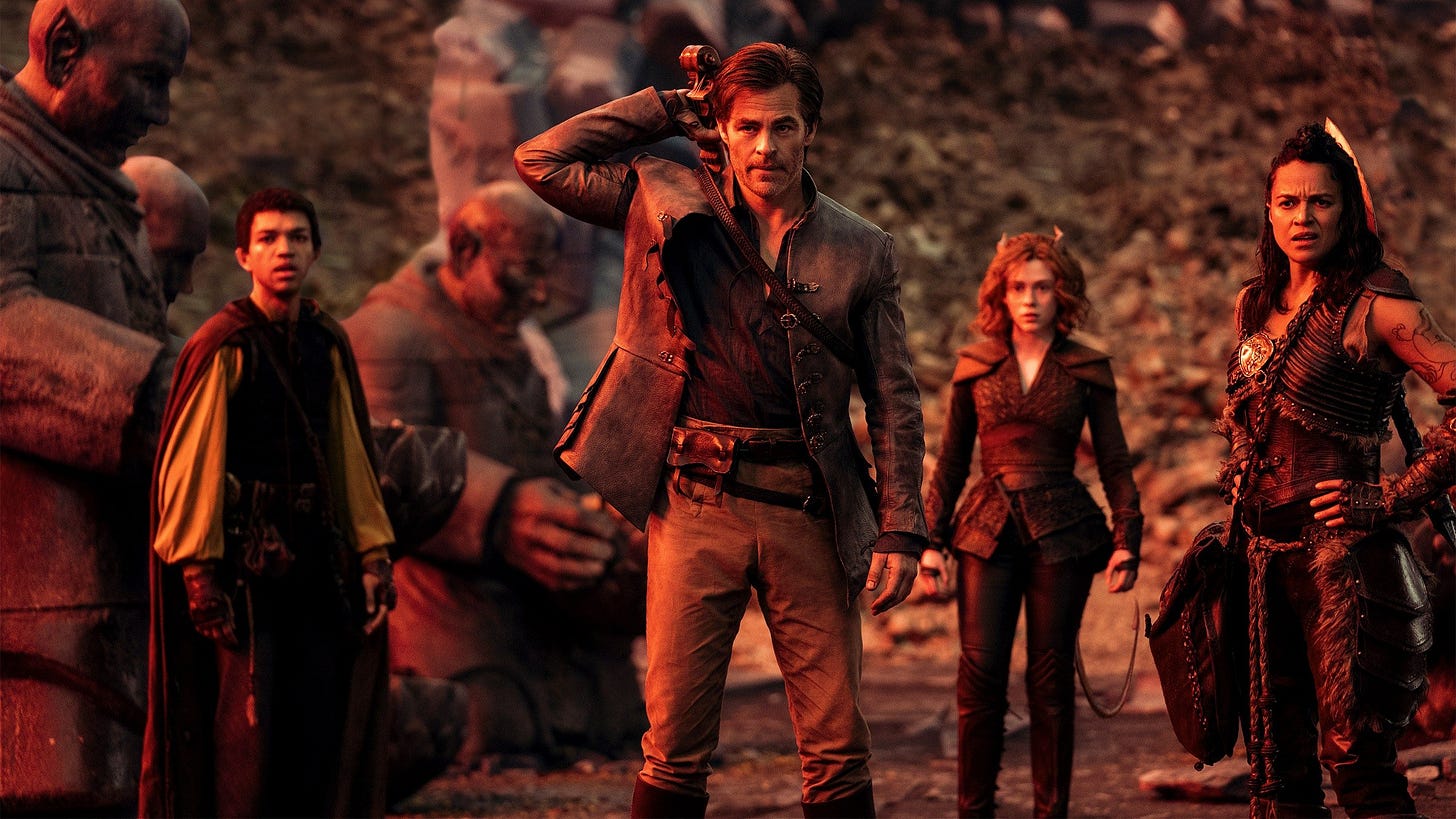
DaCosta was done dirty. Her Candyman film was brilliant and they potentially scuttled her career by airing dirt unnecessarily. Hope she bounces back with Hedda Gabbler. And the Marvels was solid. I actually liked its fleet runtime and had hoped it’d start a trend of lean comic book movies but no such luck.
Having now seen Jok2r I cannot for the life of me work out why it cost so much.